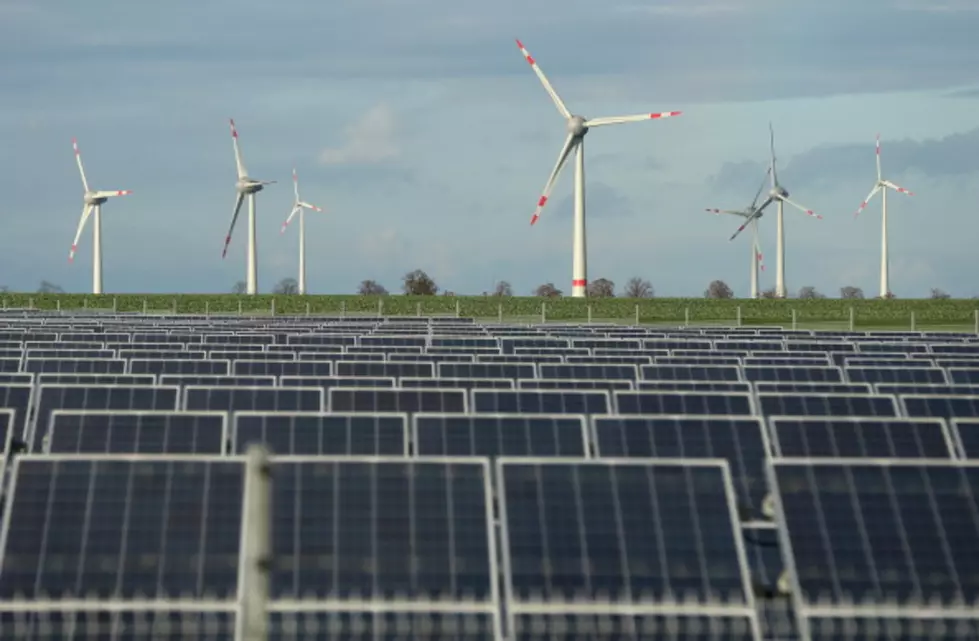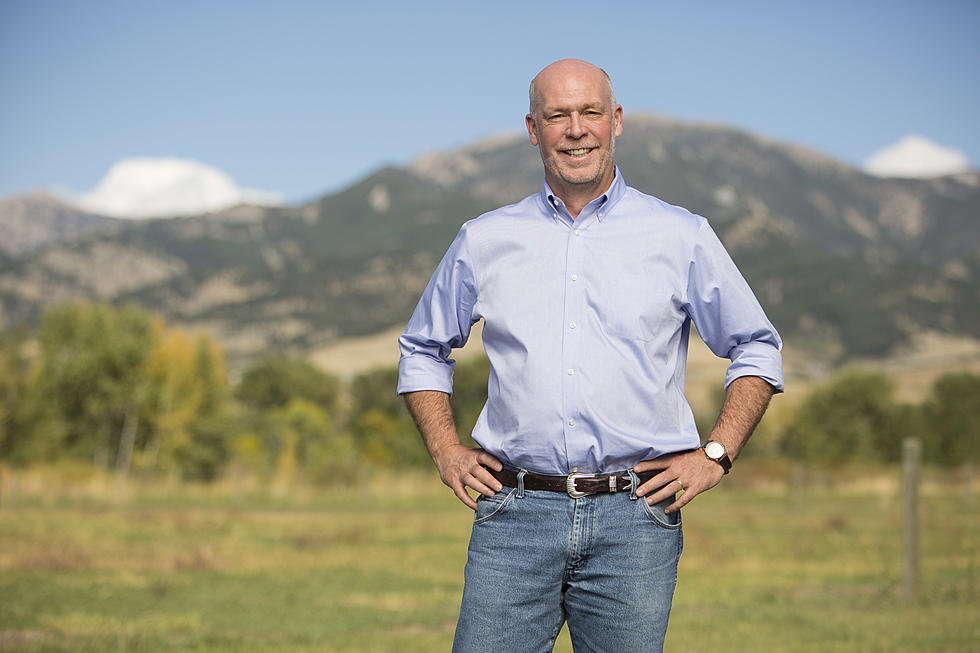
Bullock Releases Blueprint for Montana’s Energy Future
Governor Steve Bullock today released his blueprint for Montana’s energy future. The plan stems from numerous meetings with Montanans to gather input and perspective from all sectors of the energy industry.
“Done right, we can drive economic growth and create and maintain good-paying jobs across Montana,” Governor Bullock continued. “We can improve our traditional base of energy generation while sparking a new generation of clean technology business, moving us toward more renewable energy, and encouraging innovation, savings, and energy efficiency for homes and for businesses.”
The following is a sampling of the activities contained in Governor Bullock’s Energy Blueprint.
Building Montana’s Energy Presence in the Region
· Develop legislation and an appropriate funding mechanism in coordination with DEQ, the legislature, and other stakeholders to establish an energy infrastructure authority based on the recommendation of the Energy and Utilities Key Industry Network (Main Street Montana Project).
· Work with the United States Department of Energy to review and bolster Montana’s transmission opportunities in delivering power to out-of-state markets.
The Potential for Wind Power
· Advocate for open markets for Montana renewable energy in those states that are seeking to increase the renewable share of their state energy portfolios.
· Support and protect Montana’s Renewable Portfolio Standard and continue to defend against attacks from the legislature on this job-creating law.
Solar Under the Big Sky
· Move Montana to double the current solar development in the state by 2025.
· Work with tribes, utilities, co-ops, and the U.S. Department of Energy to facilitate solar development in Indian Country.
· Find creative ways to work with the private sector to finance projects by putting private capital to work at a smaller scale, to support smaller scale solar developments and finance public solar projects.
· Direct the Departments of Natural Resources and Conservation, Environmental Quality, and Transportation to engage in a comprehensive review of their land ownerships to identify specific candidate properties within their ownerships for possible solar development by private industry.
The Coal Industry and Coal-Fired Sources of Electricity
· Advocate for more support and funding from Washington D.C. for carbon capture, sequestration, and enhanced oil recovery (EOR), and other low carbon technologies, including tax credits and loan guarantees.
· Continue to work with the U.S. Department of Energy to analyze carbon capture and enhanced oil recovery (EOR) as a means of addressing the carbon emissions from coal-fired generation in Montana, specifically the Colstrip facilities.
· Continue to demand fair treatment for Montana and Montana’s coal industry in any effort by the federal government to address climate change.
· Continue to work with Colstrip owners, workers, customers, the community, and others to explore creative options for extending the future of those plants.
Improved Energy Efficiency
· Reduce overall electric energy use by 10 percent by 2025, while continuing to grow the economy.
· Propose a $5 million revolving fund in the 2017 legislative session and make it accessible to schools and local governments for energy conservation projects.
· Put Montana on solid footing to eliminate, by 2025, the backlog of low-income weatherization needs for those households that have an energy burden higher than the Montana average.
· Create a program to boost funding for low-income weatherization and incentivize energy conservation activities.
Effective Utilization of Water Resources
· Review the current tax structure and recommend changes to provide tax treatment for upgrades to existing dams that is comparable to that for other activities that qualify for Montana’s Renewable Portfolio Standard.
· Actively support renegotiation of the Columbia River Treaty with Canada, advocating for Montana’s specific needs in regards to the operation of Hungry Horse and Libby Dams.
More From KMMS-KPRK 1450 AM









